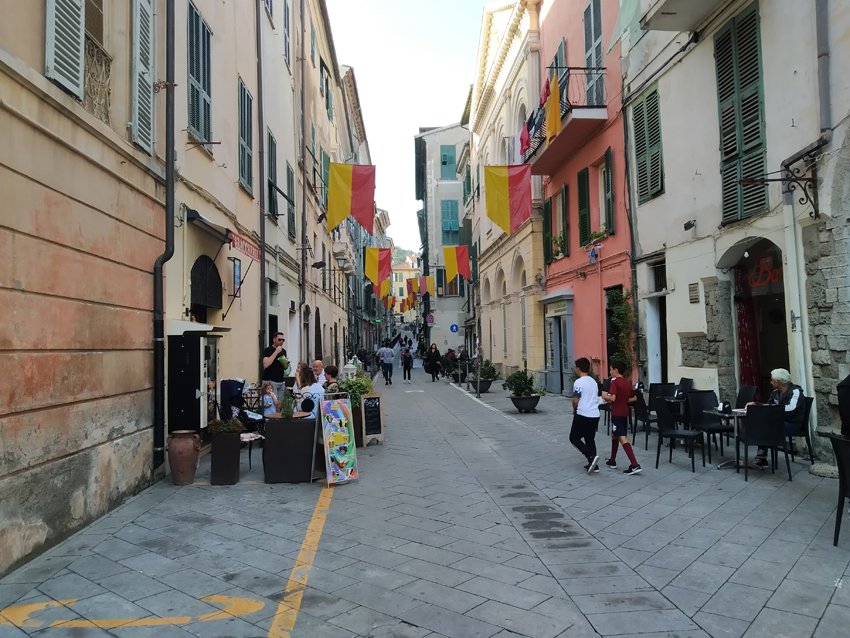
The local tax unifies Imu and Tasi.
A new tax is about to be born, already renamed Local Tax. New, in reality, is not the most appropriate adjective, since it is the unification of two already existing taxes: Imu and Tasi. The first concerns only second homes, while the second is administered by the municipality and is used to finance public services for the community, such as street cleaning or lighting. In the 2020 economic State budget project recently sent to the Senate, the two seem united, with a rate of 8.6 per thousand of the cadastral value (which is far below its real value) of the building.
No increase in the tax burden
Prime Minister Giuseppe Conte said that this provision would lead to no increase in the tax burden, since the total amount is to remain unchanged. But one factor must be taken into account: mayors will have the right to raise the tax rate to 10.6 per thousand, up to 11.4 per thousand in 2020.
This mechanism does not apply to those who already pay the maximum IMU tax rate, as happens in some large cities, including Milan, Rome and Florence. Should pay more attention citizens of urban centers which, even if they are large, are not metropolises: according to an analysis of the National Institute of Chartered Accountants, the worst scenario at the end of the year could be an increase of 235 euros. With a municipal resolution, it will also be possible to decide to reduce the tax to zero or exclude from the tax properties, villas and castles of value, for which the tax is applied even when it is the main residence.